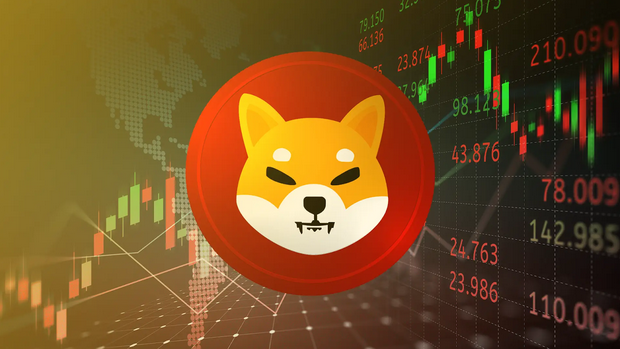What Are Nasdaq Futures and How Can Traders Use Them for Market Insights
A lot is happening behind every market move. Most people look at stock prices or headlines, but experienced traders know that real insight often comes from watching what happens before the opening bell. One of the best tools for that is Nasdaq futures. They don’t just show numbers, they tell you what traders think might happen next.
What Are Nasdaq Futures, Really?
At their core, these are agreements to buy or sell the Nasdaq 100 index at a specific price on a future date. Sounds simple, but that small detail — the future date — changes everything. Because of it, traders can speculate, hedge, or just measure how the market feels about what’s ahead.
The Nasdaq 100 includes tech giants, the companies that often drive market direction. When Nasdaq futures move higher during the night, it’s a clue that optimism is building. When they drop, it usually means nerves are at play. It’s like reading the room before everyone arrives.
Futures trade almost around the clock, reacting to global news, interest rate updates, or a surprise earnings report. That’s why many traders check them first thing in the morning. They offer a glimpse of what might be waiting when the session begins.
How Traders Actually Use Nasdaq Futures?
Some traders use them for speculation, while others use them for balance. Suppose you hold a portfolio full of tech stocks and expect short-term turbulence. Instead of selling everything, you can sell Nasdaq futures to protect your portfolio. It’s a classic hedging move, smart, efficient, and flexible.
Then some use futures to chase short-term swings. Because these contracts let you control a large position with relatively small capital, they attract day traders who thrive on volatility. It can be profitable, but it is also risky. Leverage amplifies both gains and losses, which is why careful risk control is everything.
Futures also act as a real-time barometer for sentiment. The moment the Federal Reserve hints at a rate change, these prices react. That first reaction tells you how traders feel, whether they’re confident, cautious, or uncertain. Watching those moves teaches you more about market psychology than a textbook ever could.
Reading Futures for Market Clues
Even if you never trade a single futures contract, you can still use them as a signal. They reflect expectations from all over the world, Asia, Europe, and the United States combined. That’s why pre-market futures give such valuable hints about where things might go once Wall Street wakes up.
Analysts and fund managers often examine overnight futures before deciding how to adjust their portfolios. If Nasdaq futures drop sharply before the open, they might shift exposure away from tech. Retail traders can use that same information to plan their day, tighten stop losses, or wait for better entry levels.
With time, you start to notice patterns in how the futures react to certain headlines, how they move ahead of big data releases, and how they settle before major earnings weeks. It’s not just data, it’s behavior. And understanding that rhythm is what separates guesswork from insight.
Why It Matters?
Nasdaq futures are more than numbers on a screen. They’re an early heartbeat of the market, a way to see confidence or fear forming in real time. Learning to read that pulse gives traders an advantage that’s hard to replace.
You don’t need to be a professional to pay attention. Watching futures helps anyone understand what the market expects before it happens. And in trading, that small head start — being prepared instead of surprised — often makes all the difference.
The post What Are Nasdaq Futures and How Can Traders Use Them for Market Insights appeared first on Blockonomi.
You May Also Like

Botanix launches stBTC to deliver Bitcoin-native yield

Shiba Inu Faces Growing Risks as Leadership Instability Concerns Holders
